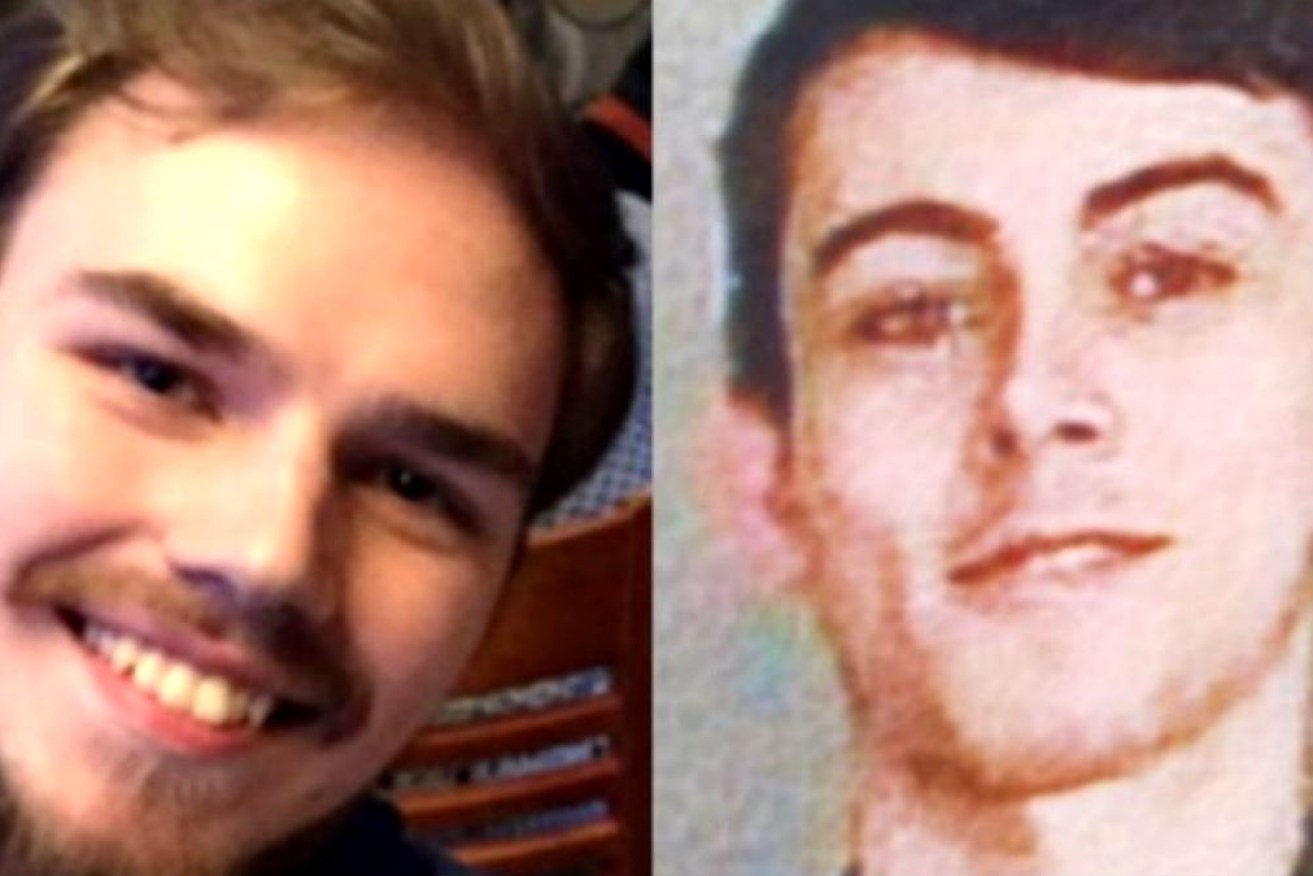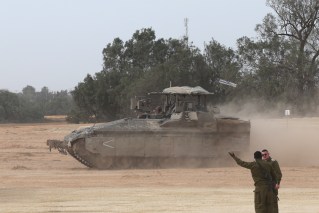Police build a forensic case against Canada’s teenage killers


The killings shocked the world
Canadian police will rely heavily on forensic evidence to determine the murder motives of two dead teens as authorities vow to leave no stone unturned in the ongoing investigation.
The bodies of killers Bryer Schmegelsky, 18, and Kam McLeod, 19, were discovered on the shore of the Nelson River in remote Manitoba wilderness and an autopsy was underway on Thursday local time.
Although the manhunt has concluded, questions remain unanswered, including why the young pair embarked on a murder spree, what were their movements and how they died.
Canadian authorities remain tight-lipped on the details of their work but said they were meticulously collecting forensic evidence to link up the multiple crime scenes which span the country.
They are also completing a timeline of the fugitives’ movements and will search for more clues along the Nelson River and other locations for anything which might point to a motive or theory.
What were their motives?
With the suspects now dead, police will rely on forensic and other evidence and comb crime scenes for further clues to develop a theory behind the gruesome murders of Australian Luke Fowler, 23 and his American girlfriend Chynna Deese, 24, as well as 64-year-old botanist Professor Leonard Dyck.
“Regarding the motive it’s going to be extremely difficult for us to ascertain definitively what the motive was,” RCMP Assistant Commissioner Kevin Hackett said.
“The examination of the area where they were located … is still being dealt with and searched so there may be additional items that could help in that regard … but we don’t have that information yet.”
Police must also determine how the teenagers died and an autopsy of their bodies is being conducted in Winnipeg’s forensic facility, described as a state-of-the art centre with some of the best equipment in the world available to forensic scientists.
Autopsies also determined the cause of death of the victims but police would not publicly confirm the nature of injuries sustained by Mr Dyck out of “respect and sensitivity” to his family.
Police previously confirmed that Mr Fowler and Ms Deese were shot to death.
How long will the investigation take?
With crime scenes spanning multiple provinces and towns, police will piece together a timeline of events and clues to build a detailed case against the pair.
They also must unearth other potential crimes and incidents that may have been committed along the way and rule out possible unknown suspects or accomplices.
Canada’s Border Security minister Bill Blair said it was important to take time compiling the details to bring closure to the families and to inform the public after one of the most dynamic and unpredictable cases in recent Canadian times.
“These are difficult crimes to really figure out precisely what happened and it requires an enormous amount of work to find the individuals but also to collect the evidence,” he said.
He said the important questions of the ‘how’ and ‘why’ would come fall to forensic experts and the “extraordinary work of the scientists who get that evidence and apply their expertise and knowledge using tools of this facility to get those answers”.
DNA expert Steen Hartsen said it could take a long time to build a detailed case as police tried to link physical evidence – which could include hairs, blood spatters or gun casings – to the suspects.
Mr Hartsen said determining a motive with physical evidence would be one of the most challenging aspects of the case and could mean a lengthy investigation.
Assistant Commissioner Hackett said although the suspects were dead, detectives would not yet conclude their work.
“We still need to continue our investigative findings – whether it’s statements, evidentiary timelines, physical or digital evidence – to confirm our investigative theory and eliminate any other possibilities or suspects,” he said.
Assistant commissioner Hackett said officers in the field would bring back all the evidence but there was already “significant” proof linking the teenagers to the two main crime scenes where the victims’ bodies were located.
“There is significant evidence that links both the crime scenes together and that is continuing,” he said.
“This is early days for the recovery of the two suspects. We want to bring back all the information and evidence and our investigators will go through that meticulously.
“Suffice to say there was significant evidence that linked our suspects to both crime scenes.”
Murder charges
Schmegelsky and McLeod were each charged with second-degree murder for Mr Dyck’s death on July 23.
However, no formal charges were announced for the shooting deaths of Mr Fowler and Ms Deese, whose bodies were found on a remote highway in northern British Columbia.
The assistant commissioner said police had been close to laying charges for the backpackers’ slayings before the suspected killers were found dead.
“In order to get to the threshold of charge approval status from a crime perspective, they require information, they require evidence, and many times as in this case (were) relying on forensic evidence and forensic reports and that sometimes takes some time,” he said.
“And understandably, until they have definitive results of those examinations, they’re not in any position to lay charges until that happens.
“But we anticipated the charges were going to be laid,” he said.
He said the police were working closely with prosecution services to ascertain the “next steps”.
-with AAP






